Hot, hot, hot! That’s what normally comes to mind when people think about food from Sichuan, home to sizzling, tongue-numbing peppers and chilies.
China’s rich culinary traditions have been handed down generation after generation for thousands of years. Of the eight major culinary schools, Sichuan cuisine (川菜) is one of the most popular.
Located in the warmer southwest region of China, Sichuan Province can be stiflingly humid and damp, even in the winter. The Sichuan people balance the humidity with a palate of piquant and spicy dishes.
The use of fiery Sichuan peppercorns and red chilies combines to produce a tingling, numbing sensation, one that is best described in the Chinese term mala (麻辣), which translates to “numbing spice.” A flavorful and precise mixture of other seasonings like onions, ginger, garlic, soy sauce, and vinegar are also often added to Sichuan dishes.
There’s a lot more to Sichuan cuisine than just spiciness. Take tea-smoked duck, a classic, non-spicy dish. According to a popular Chinese saying about Sichuan cuisine: “One dish, one style; one hundred dishes, one hundred flavors.”
Here are 8 of the most well-known Sichuan dishes (in no particular order) that you can try the next time you pop into a Sichuan restaurant. Of course, this list in no way encompasses all the delicious offerings of Sichuan cuisine, but it is a place to start for first timers. And be sure to order have some ice cold water on stand-by, and eat lots of rice to soothe your stinging taste buds.
1. Mapo Tofu (Ma Po Do Fu “麻婆豆腐”)
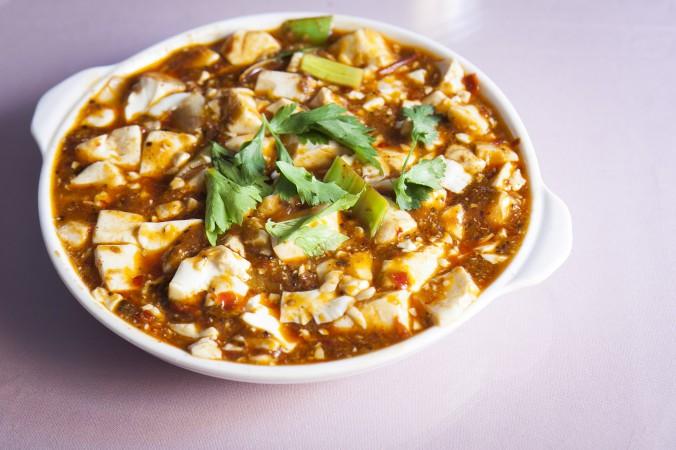
This heartwarming dish features cubes of silky soft white tofu that float in a thick broth of bean paste, ground meat, chili oil, and of course mala Sichuan peppercorns.
2. Kung Pao Chicken (Gong Bao Ji Ding “宮保雞丁”)

A favorite for many, Kung Pao chicken offers a hearty combination of cubed chicken, shelled peanuts, and hot chilies. With a light sweet-and-sour sauce and the perfect amount of numbing peppercorns, this dish pleases a wide range of taste buds.
3. Chongqing Spicy Dry Chicken (Chong Qing La Zi Ji “重慶辣子雞”)
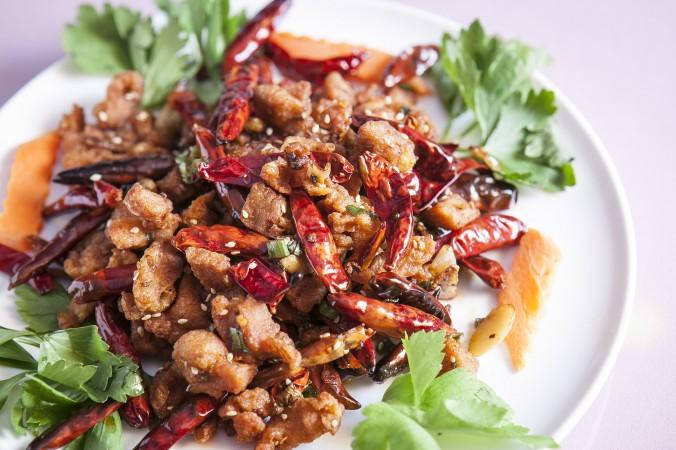
The chunks of chicken in this dish are first marinated and then deep-fried, before being stir-fried with dried red chilies, garlic, and Sichuan peppercorns. This cooking method gives the meat a uniquely dry, yet chewy quality.
4. Twice-Cooked Pork (Hui Guo Rou “回鍋肉”)
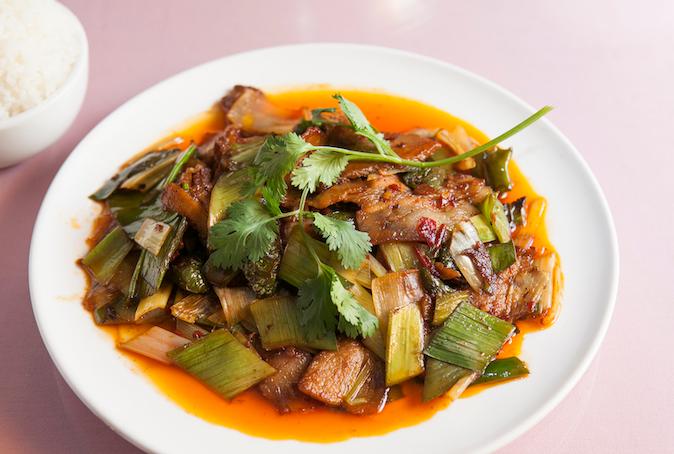
Literally called “back-in-the-pot-meat,” the dish is so named because the fatty pork belly (which the Chinese consider more flavorful than lean meat) is first boiled, before it is stir-fried in a wok with spices and leeks. This dish is generally on the less spicy end of Sichuan cuisine, and offers pork rich with juicy flavors.
5. Tea-Smoked Duck (Zhang Cha Ya “樟茶鴨”)
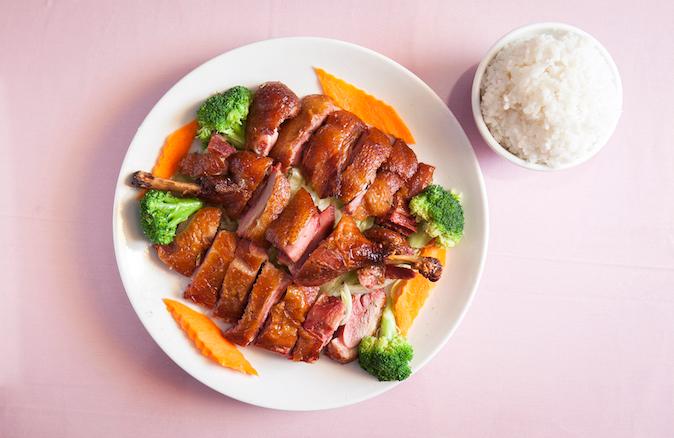
Taking up to several days to perfect, the duck is marinated and smoked over tea leaves to absorb the refreshing flavors. Then it is steamed and lightly fried for a crispy, yet tender result. If you want to vary your spicy Sichuan dishes with something less tangy, this is an excellent option.
6. Ox Tongue and Tripe (Fu Qi Fei Pian “夫妻肺片”)

This is a dish served cold with beef meat, offal, tendon, and tripe mixed with a spicy sauce. The dish is then topped with sprinkles of cilantro, peanuts, and sesame seeds. The couple who invented the dish supposedly enjoyed such a harmonious marriage that the dish was named “husband and wife lung slices,” the literal translation of its Chinese title (most modern versions of this dish do not use actual lungs anymore).
7. Dan Dan Noodles (Dan Dan Mian “擔擔面”)

Sold as a snack by street vendors in Sichuan, this noodle dish has a tasty topping of minced beef or pork mixed with some chives, sesame paste, soy sauce, and of course, peppers and chilies. In certain places, the seasonings might come at the bottom, so make sure to stir it thoroughly to get the full dan dan noodle flavor.
8. Sichuan Ma La Hotpot (Si Chuan Ma La Huo Guo “四川麻辣火鍋”)
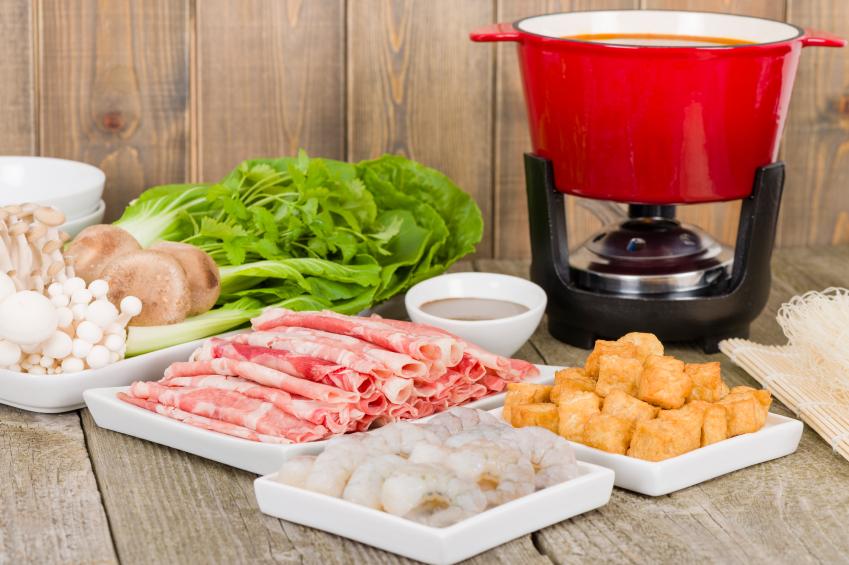
The hotpot is a make-it-yourself dish in which hungry individuals can place the meats and vegetables and seafood into the boiling soup based on their own preferences. What makes the Sichuan hotpot unique is the mala broth filled with chilies, Sichuan peppercorns, and other signature ingredients of Sichuan cuisine. Sichuan restaurants often have pots split in the middle, with one side spicy and the other side not.
Helpful Dining Tips
Here are some general tips that apply not only to Sichuan restaurants, but also Chinese eateries in general.
- If you’re not sure if a restaurant makes good food, see how crowded it is. And if you want to determine if they’re making authentic Chinese food, see how many Chinese people are eating there. If local Chinese like the food, it’s probably a winner.
- Don’t pass by the dingy-looking, hole-in-the wall restaurant. Some Chinese restaurant owners only care about making mouth-watering dishes and neglect interior design. In some cases, they might be crowded with locals who learned of the place from word-of-mouth.
- If you’re not sure what to order, glance at what other people are eating. Or you can ask the waiter or waitress for some recommendations (make sure you emphasize you want traditional Chinese food). It’s also helps to bring a Chinese friend with you (some restaurants actually give Chinese and Americans different menus).
- For a spicy dish, be sure to specify whether you want a mild or potent level of spiciness. And eating rice or drinking a warm beverage will help mitigate the burning sensation.
- Try to avoid getting takeout for any hot dish, especially from a Sichuan restaurant. Sichuan food is often served hot and sizzling, and it may become a soggy, lukewarm mess by the time it reaches your dinner table at home. The chewiness, fieriness, and popping delight of a freshly cooked Sichuan dish lasts only for a short moment, so savor it while you can.
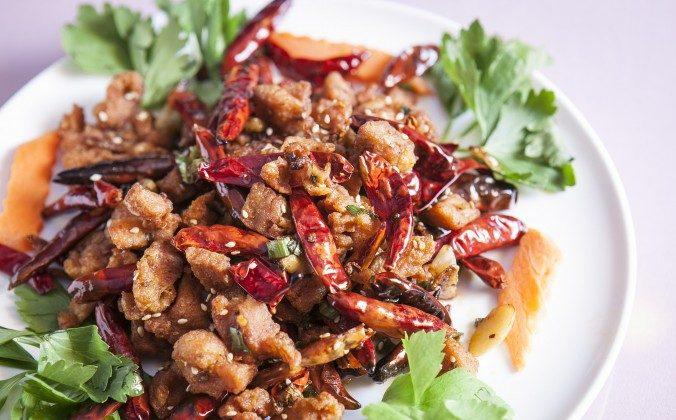





Friends Read Free